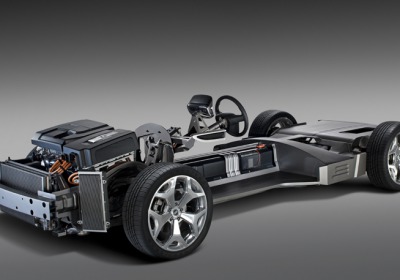Opel Ampera: the full, official technical story
Wed, 25 Mar 2009By Tim Pollard
Motor Industry
25 March 2009 10:05
Opel/Vauxhall predict that the new Ampera production car will sell more in Britain than anywhere else in Europe. The extended range electric vehicle, unveiled at the recent 2009 Geneva motor show, will go on sale here in late 2011 and marketing bosses say the UK is more accepting of hybrids and alternative vehicles than other markets.
It’s not clear at this stage how much the Ampera will cost in the UK, but we’re looking at a likely cost around £20,000. GM hasn’t announced yet where the Ampera will be built, but Britain’s Ellesmere Port is in the frame and the Government is discussing grants to make it possible.
A quick recap of the details we already know, and then a few details that we didn’t. The Ampera uses Opel/Vauxhall’s small 74bhp 1.4 gasoline engine mated to a 16kWh lithium ion battery and an electric motor.
Unlike existing hybrid cars, which use petrol engines to drive the wheels when the battery gives up the ghost, the Ampera never uses the internal combustion engine for direct propulsion. Rather, the petrol motor is used purely to generate electricity, which always drives the road wheels.
Sort of. Studying the electrification of the automobile reveals a murky world of claim and counter claim, but GM says the technology underpinning the US-market Volt and Euro-spec Ampera (they’re the same car, essentially) makes it an extended range electric vehicle.
The basic premise is that 80% of Europeans drive less than 50km a day on average. As the Ampera has a range of 60km on pure electric drive, that means that most journeys could be completed on silent zero-emissions mode. Get home at night, and plug the Ampera into your home 230v socket for a three-hour top-up so you can drive a similar distance tomorrow. Want to drive further? No problem. The petrol engine will kick in to generate electricity for an overall range of around 500km.
And the Ampera removes what Bob Lutz calls ‘range anxiety’ – you’ll never be stranded at the side of the road, because you just pop in some normal 95-grade unleaded (or biofuels, or diesel – depending on the powertrain installed by GM for each market) and off you drive.
By Tim Pollard



